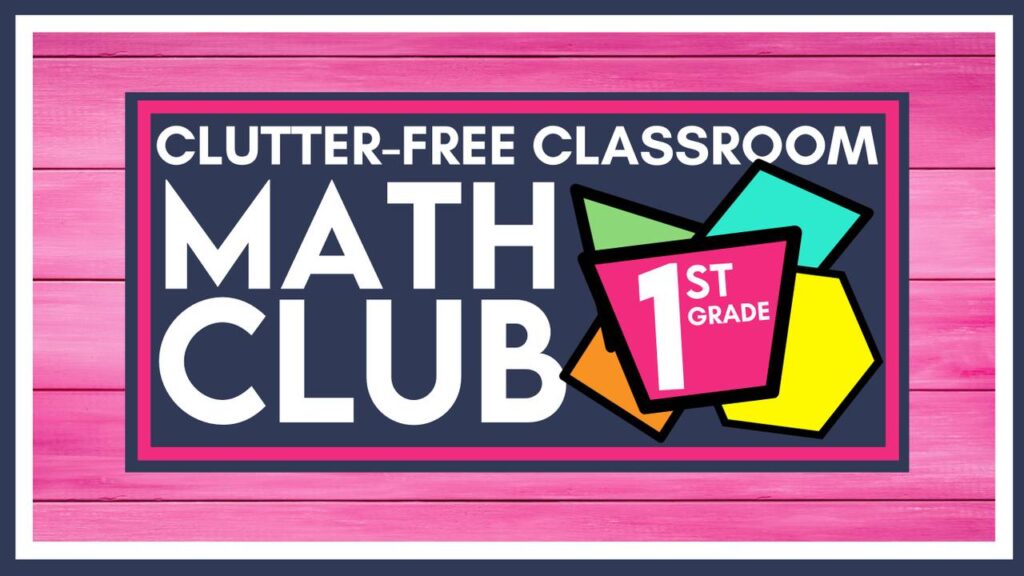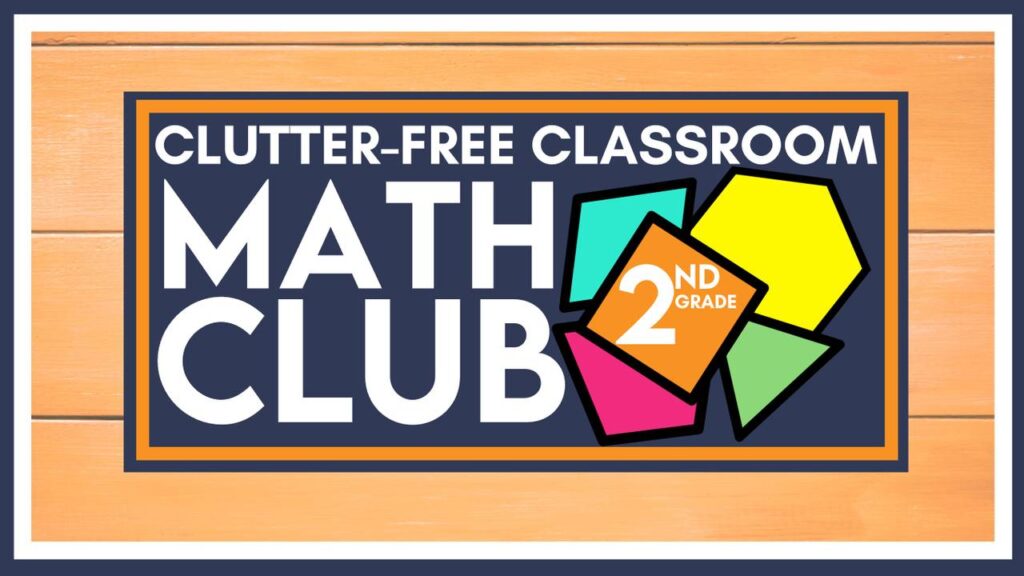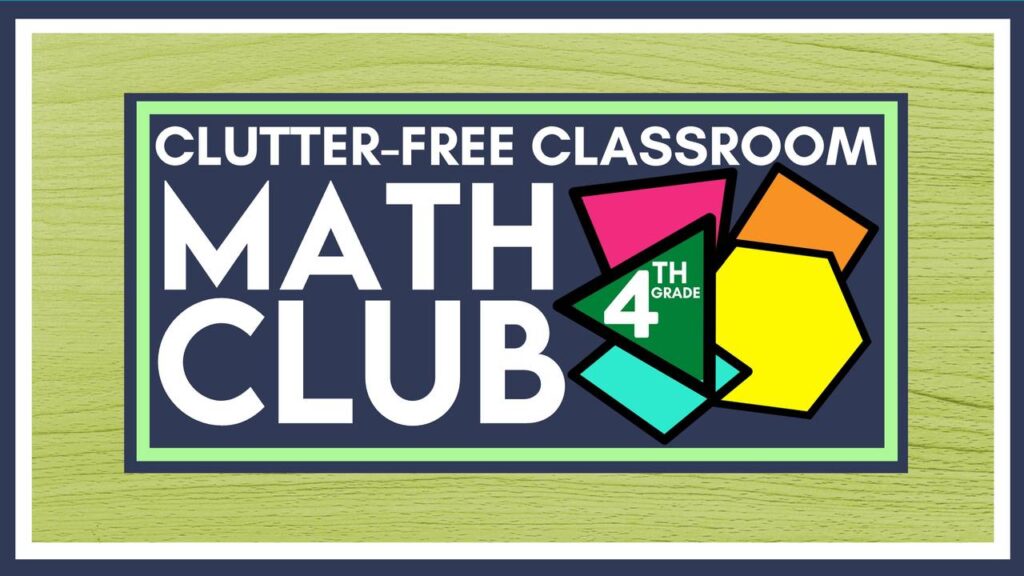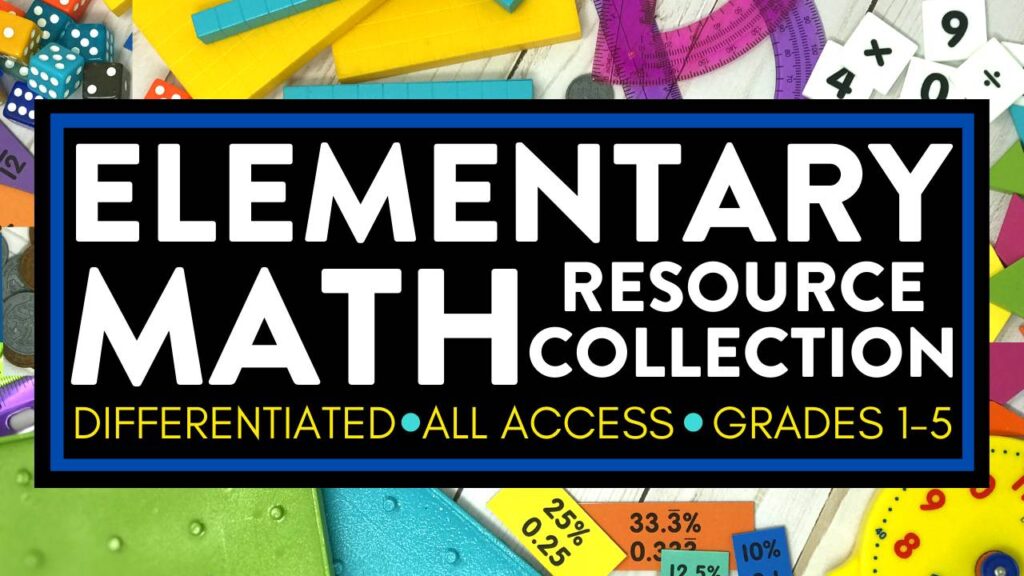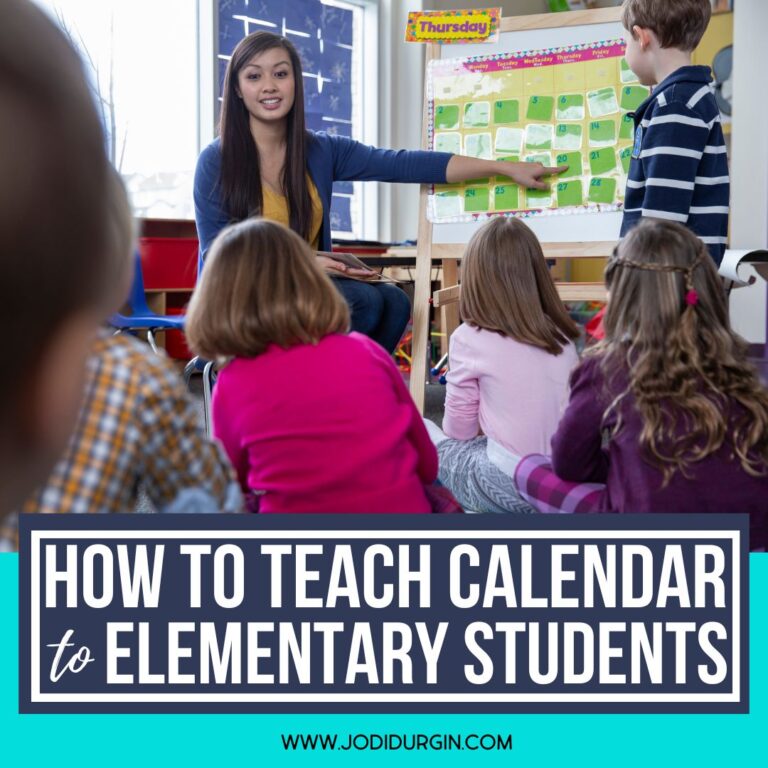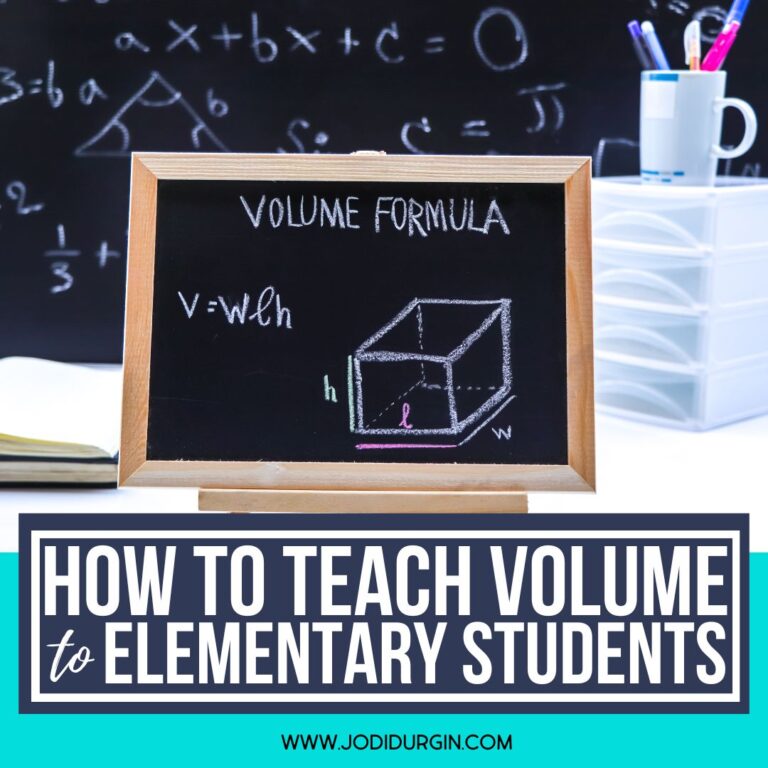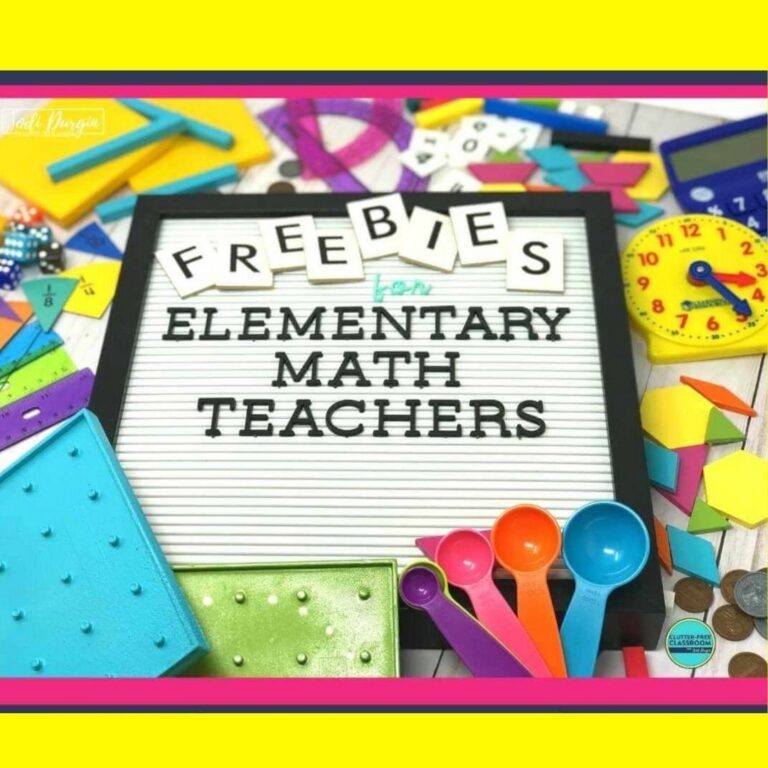If you are an elementary teacher looking for tips and ideas for how to teach addition, then you found the right place! Learn what addition is, why it’s important, what your students need to know, and get 5 helpful tips for teaching it in a fun and engaging way. Read all about teaching addition below!
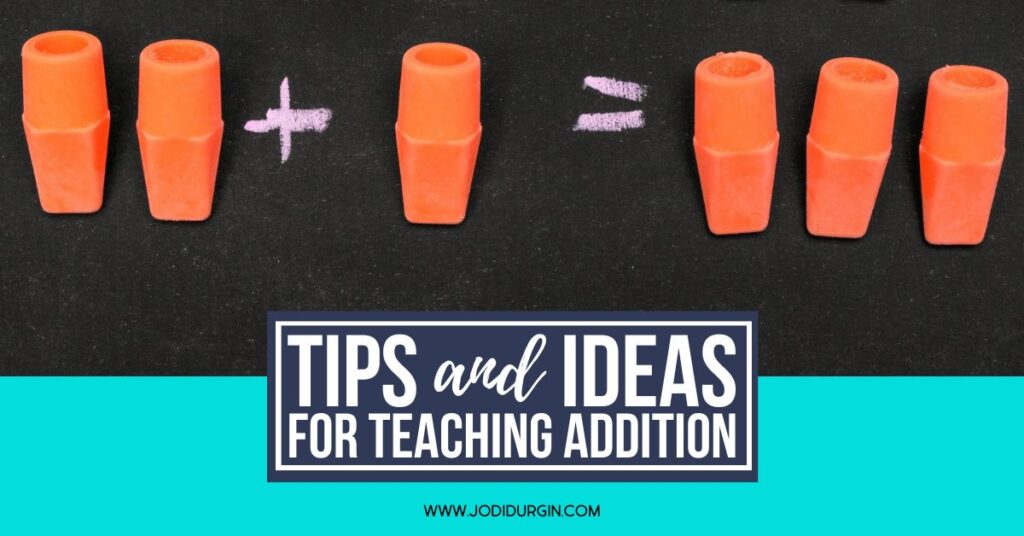
What is Addition?
Addition is the next step after learning how to count. It is when you put two or more numbers together to find the total amount. This total is called the sum.
Why is Addition Important?
It is important for students to learn addition because adding fluently is a vital skill for students both in and out of the classroom. When students feel comfortable adding, they will feel more confident solving more complex problems in the future. Understanding addition also supports children in deepening their understanding of relationships between numbers and how quantities relate to one another.
What Addition Skills Do Students Need to Know?
Below are the Common Core and TEKs standards that relate to addition that define what students should be able to do by the end of the school year.
Common Core Standards
Below are the CCSS standards related to how to teach addition.
1st Grade
- Apply properties of operations as strategies to add and subtract. (1.OA.B.3)
- Relate counting to addition and subtraction. (1.OA.C.5)
- Add and subtract within 20, demonstrating fluency for addition and subtraction within 10. Use strategies such as counting on; making ten; decomposing a number leading to a ten; using the relationship between addition and subtraction; and creating equivalent but easier or known sums. (1.OA.C.6)
- Understand the meaning of the equal sign, and determine if equations involving addition and subtraction are true or false. (1.OA.D.7)
- Determine the unknown whole number in an addition or subtraction equation relating three whole numbers. (1.OA.D.8)
- Add within 100, including adding a two-digit number and a one-digit number, and adding a two-digit number and a multiple of 10, using concrete models or drawings and strategies based on place value, properties of operations, and/or the relationship between addition and subtraction; relate the strategy to a written method and explain the reasoning used. Understand that in adding two-digit numbers, one adds tens and tens, ones and ones; and sometimes it is necessary to compose a ten. (1.NBT.C.4)
- Given a two-digit number, mentally find 10 more or 10 less than the number, without having to count; explain the reasoning used. (1.NBT.C.5)
- Subtract multiples of 10 in the range 10-90 from multiples of 10 in the range 10-90 (positive or zero differences), using concrete models or drawings and strategies based on place value, properties of operations, and/or the relationship between addition and subtraction; relate the strategy to a written method and explain the reasoning used. (1.NBT.C.6)
2nd Grade
- Fluently add and subtract within 20 using mental strategies. By end of Grade 2, know from memory all sums of two one-digit numbers. (2.OA.B.2)
- Fluently add and subtract within 100 using strategies based on place value, properties of operations, and/or the relationship between addition and subtraction. (2.NBT.B.5)
- Add and subtract within 1000, using concrete models or drawings and strategies based on place value, properties of operations, and/or the relationship between addition and subtraction; relate the strategy to a written method. Understand that in adding or subtracting three-digit numbers, one adds or subtracts hundreds and hundreds, tens and tens, ones and ones; and sometimes it is necessary to compose or decompose tens or hundreds. (2.NBT.B.7)
- Explain why addition and subtraction strategies work, using place value and the properties of operations. (2.NBT.B.9)
3rd Grade
- Fluently add and subtract within 1000 using strategies and algorithms based on place value, properties of operations, and/or the relationship between addition and subtraction. (3.NBT.A.2)
4th Grade
- Fluently add and subtract multi-digit whole numbers using the standard algorithm. (4.NBT.B.4)
TEKS
Below are the TEKS standards related to how to teach addition.
1st Grade
- compose 10 with two or more addends with and without concrete objects; (1.3.C)
- apply basic fact strategies to add and subtract within 20, including making 10 and decomposing a number leading to a 10; (1.3.D)
- explain strategies used to solve addition and subtraction problems up to 20 using spoken words, objects, pictorial models, and number sentences; and (1.3.E)
- generate and solve problem situations when given a number sentence involving addition or subtraction of numbers within 20. (1.3.F)
- understand that the equal sign represents a relationship where expressions on each side of the equal sign represent the same value(s); (1.5.E)
- determine the unknown whole number in an addition or subtraction equation when the unknown may be any one of the three or four terms in the equation; and (1.5.F)
- generate and solve problem situations when given a number sentence involving addition or subtraction of numbers within 20. (1.5.G)
- use concrete and pictorial models to determine the sum of a multiple of 10 and a one-digit number in problems up to 99. (1.3.A)
- use relationships to determine the number that is 10 more and 10 less than a given number up to 120; (1.5.C)
2nd Grade
- Recall basic facts to add and subtract within 20 with automaticity; (2.4.A)
5 Tips for How to Teach Addition
Below are 5 helpful tips for teaching addition to elementary students.
1. Read Aloud Picture Books that Teach Addition
Reading aloud picture books is a great way to integrate literacy into your math block. It’s also great for presenting information in a different way. Our favorite picture books for teaching addition are One Hundred Hungry Ants by Elinor J. Pinczes, Domino Addition by Lynette Long, Ph. D., and 26 Letters and 99 Cents by Tana Hoban. Check out the full list of math picture books we recommend!
2. Offer Hands On Learning Experiences
Hands-on math experiences help students make connections, remember their learning, and develop a deep conceptual understanding of the content. You can make any lesson interactive and engaging by offering math manipulatives. Our favorite math manipulatives for teaching addition are ten frames, dominoes, dice, linking cubes, unifix cubes, rekenrek, base-ten blocks, two color counters, dinosaur counters, bear counters, bug counters, abacus and number tiles.
3. Explicitly Teach Related Math Vocabulary
Teaching math vocabulary is essential for all students. It is especially beneficial for students who speak English as a second language and students with learning differences. Key vocabulary terms for addition are add, addition, sum, addend, associative property of addition, commutative property, computation strategy, counting on, counting back, number line, strategies for addition, solution, equation, unknown, estimate, join, compose, decompose, mental math, regroup, representation, model, place value, hundreds, tens, ones, expanded form, properties of operations, fluency and fluently.
4. Give Students Opportunities to Apply Addition to the Real World
Learning becomes more meaningful when students understand how it connects to the real world. Students are more engaged and invested in their learning. Some examples of ways we use addition in the real world are to determine cost, measurement, time and value. Project based learning and word problems are examples of opportunities for students to apply their learning to real world situations.
5. Encourage Parent Involvement
Parent participation in math is essential because it impacts students’ attitude toward math, proficiency levels this school year, and future success in their math education. Be sure to keep communication open with families and share ways they can support their children in their math learning. Some examples of ways they can practice addition at home are determining the total amount of minutes on their technology device for the month or determining the total amount of utensils, plates, cups and bowls needed for a party.
In closing, we hope you found this information about how to teach addition helpful!

